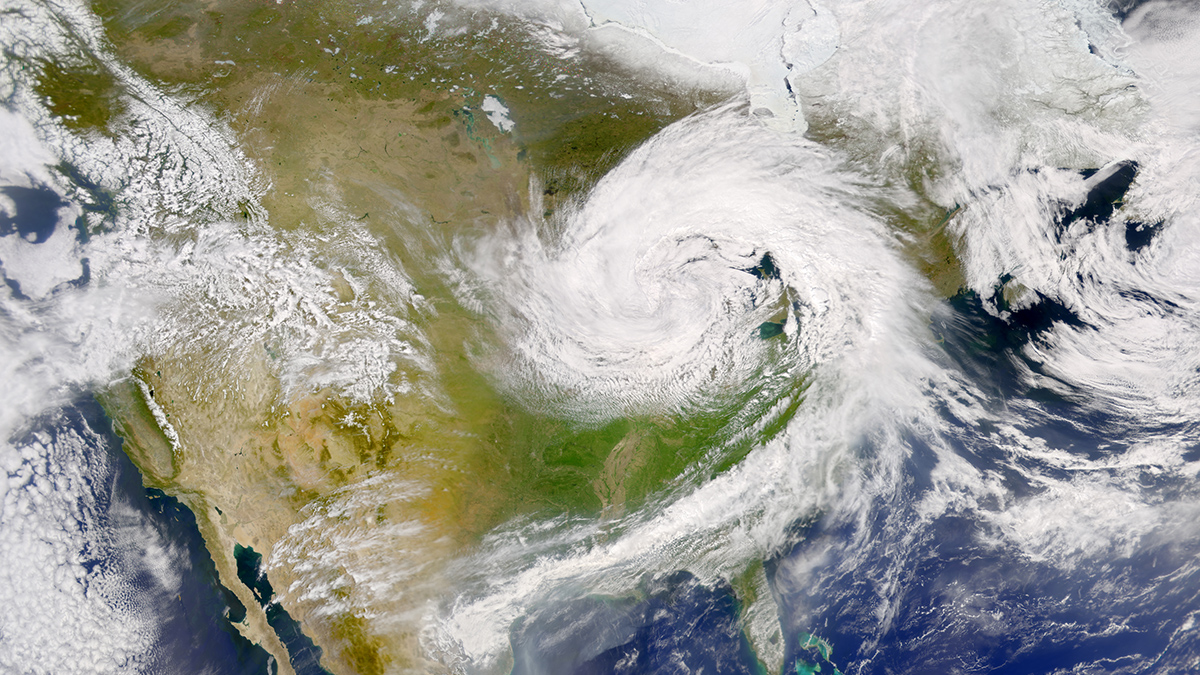Source: AGU Advances
A translation of this article was made by Wiley. 本文由Wiley提供翻译稿。
In recent years, scientists have found that machine learning–based weather models can make weather predictions more quickly using less energy than traditional models. However, many of those models are unable to accurately predict the weather more than 15 days into the future and begin to simulate unrealistic weather by day 60.
The Deep Learning Earth System Model, or DLESyM, is built on two neural networks that run in parallel: One simulates the ocean while the other simulates the atmosphere. During model runs, predictions for the state of the ocean update every four model days. Because atmospheric conditions evolve more rapidly, predictions for the atmosphere update every 12 model hours.
The model’s creators, Cresswell-Clay et al., found that DLESyM closely matches the past observed climate and creates accurate short-term forecasts. Using Earth’s current climate as a baseline, it can also accurately simulate climate and interannual variability over 1,000-year periods in less than 12 hours of computing time. It generally equals or outperforms models based on the Coupled Model Intercomparison Project Phase 6, or CMIP6, which is widely used in computational climate research today.
The DLESyM model outperformed CMIP6 models in replicating tropical cyclones and Indian summer monsoons. It captured the frequency and spatial distribution of Northern Hemisphere atmospheric “blocking” events, which can cause extreme weather, at least as well as CMIP6 models. In addition, the storms the model predicts are also highly realistic. For instance, the structure of a nor’easter generated at the end of a 1,000-year simulation (in 3016) is very similar to a nor’easter observed in 2018.
However, both the new model and CMIP6 models poorly represent Atlantic hurricane climatology. Also, DLESyM is less accurate than other machine learning models for medium-range forecasts, or those made up to about 15 days into the future. Crucially, the DLESyM model only conducts simulations of the current climate, meaning it does not account for anthropogenic climate change.
The key benefit of the DLESyM model, the authors suggest, is that it uses far less computational power than running a CMIP6 model, making it more accessible than traditional models. (AGU Advances, https://doi.org/10.1029/2025AV001706, 2025)
—Madeline Reinsel, Science Writer


